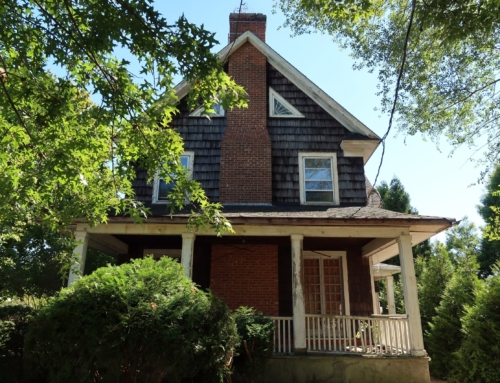Q: I have a question with regards to property setbacks in a new development.
I built my home two years ago in a new subdivision. Until recently, the lot directly behind mine was empty. Recently, the builder began building the house. I noticed the rear of the house seemed very close to my rear property line so I decided to investigate. I pulled a copy of the subdivision covenants and restrictions and determined that the rear setback is required to be 25 feet.
I measured the new house and it appears that about half the house is 19 feet from my rear fence and the other half is approx 30 feet. Could this new home which is 6 feet in violation of the rear setback negatively affect my property value and should I bring up the issue?
What, if anything, could be gained by bringing this issue to the property owners association?
A: Let’s start with an abbreviated background on side yard, front yard and rear yard setbacks. One of the easiest setbacks to visualize is the front yard setback.
You have a new subdivision and the developer would like to create a sense of community with some harmony to the development. So the developer decides that buildings in the development should not bump up onto the front of the property line. Without a restriction, a homeowner could build his home and garage right up to the sidewalk or street of the development.
If you have one home right up to the street while all the others are set back 20 feet, most urban planners and architects would tell you that the new home would detract from a visually pleasing streetscape scene.
Side yard setbacks are there to keep some light and space between homes and rear yard setbacks are an attempt to keep larger green spaces for people to enjoy their backyards.
One additional item to keep in mind, you need to determine whether the rear yard setback in your development is an absolute number or based on an average of the rear of the building. If the rear yard setback prohibits any improvements beyond a certain point, the neighbor has violated the rule. If the rule averages the construction, the neighbor may be within the rules.
Assuming your rule prohibits any improvements in the area where the neighbor is building his home, it may be difficult to measure any reduction in value to your home. However, if many homeowners do the same thing, the rear yard setback benefit is diminished and your development as a whole may suffer. To what degree it may suffer would depend on what other owners build in their rear yard setback areas.
While you may want to be neighborly and not put your neighbor on the spot, it may be better to find out now that he has a problem, rather than later when the fix might be much more expensive. But before you go forward to claim he has violated the rear yard setback rules, you should investigate the rule further.
If you decide to bring the matter before the association, you should know that they may have the right to stop the construction of the home or may have the right to waive, under certain conditions, this rule.
Jan. 19, 2009.






Leave A Comment